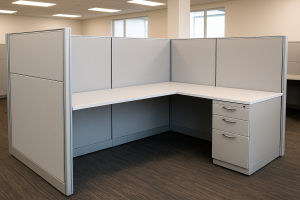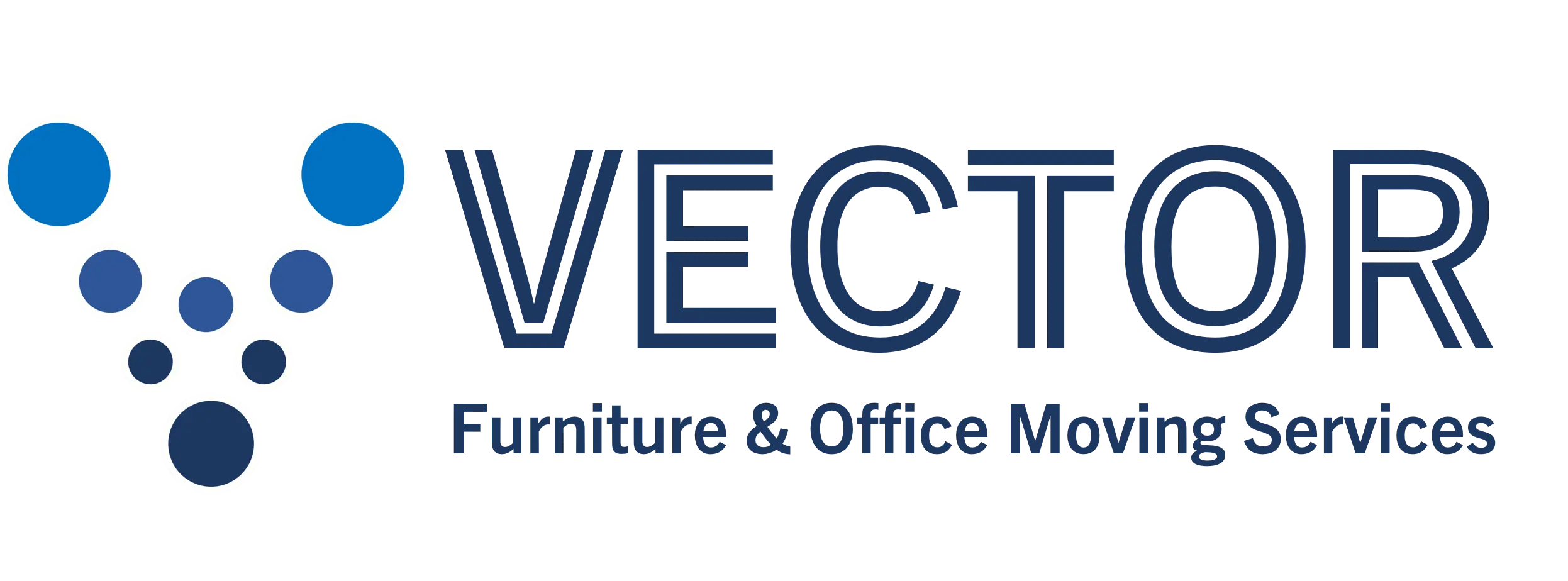How to Budget for an Office Installation in 2025
An office installation in 2025 is more than simply assembling furniture. It’s a strategic investment that impacts productivity, employee well-being, and the overall functionality of your workplace. A clear and realistic budget ensures that your business avoids overspending, reduces downtime, and creates a space that supports long-term growth.

Why Budgeting Matters for Office Installations
A well-structured budget allows you to plan for every stage of the installation process — from furniture purchases to IT setup. It also helps align leadership, staff, and vendors, so there are no surprises. With hybrid work and ergonomic requirements shaping modern offices, budgeting in advance ensures your investment delivers maximum value.
Key Expenses to Consider in 2025
| Expense Category | What’s Included | Average Cost Range* |
|---|---|---|
| Furniture Purchase or Lease | Desks, chairs, cubicles, ergonomic setups, conference tables | $200–$1,500 per item |
| Professional Installation | Assembly, reconfiguration, cubicle setup, workstation installation | $50–$150 per hour |
| Technology Setup | Mounting monitors, wiring, AV equipment, and workstation connectivity | $2,000–$15,000+ |
| Space Planning & Design | Layout planning, ergonomic design, and compliance with building standards | $1,000–$10,000 |
| Storage & Logistics | Temporary storage, transportation, and handling of deliveries | $100–$300/month |
| Permits & Compliance | City permits, ADA compliance, safety requirements (OSHA Guidelines) | $500–$5,000 |
| Downtime Costs | Lost productivity during installation (avg. $50–$100 per employee, per hour) | Varies by size |
| Contingency Fund | Extra funds for unexpected changes or last-minute adjustments | 10–15% of budget |
*Ranges vary by office size, design complexity, and vendor choice.
Tips to Save Money on Office Installations
-
Plan Early – Early scheduling ensures you avoid premium rates for rush projects.
-
Choose Multi-Service Providers – Bundling furniture delivery, installation, and IT setup with one vendor cuts costs and saves time.
-
Reuse and Reconfigure – Repurpose existing cubicles or furniture instead of buying new whenever possible.
-
Invest in Ergonomics Upfront – Ergonomic solutions reduce long-term employee health costs, boosting productivity. (CDC Ergonomics Resource)
-
Negotiate Vendor Contracts – Request bundled pricing and compare multiple quotes for leverage.
-
Phase the Installation – If budgets are tight, prioritize essential areas like workstations first, then expand later.
Planning Ahead for 2025
Modern office design trends in 2025 emphasize flexible workspaces, collaborative zones, and ergonomic furniture. Hybrid work requires adaptable layouts that support both in-person and remote staff. Factoring in these trends now prevents costly redesigns in the future. Companies that integrate sustainability — like reusing furniture or sourcing energy-efficient equipment — can also reduce costs while meeting ESG goals.
Final Thoughts
Budgeting for an office installation in 2025 ensures you avoid hidden costs while creating a space designed for productivity and employee satisfaction. By planning early, accounting for downtime, and applying smart cost-saving strategies, your business can achieve an installation that’s functional, efficient, and future-ready.
Ready to Simplify Your Office Installation Work?
Contact Vector Installations today for a free consultation!
Visit us at Vector Installations for helpful resources and to learn more about our services.
